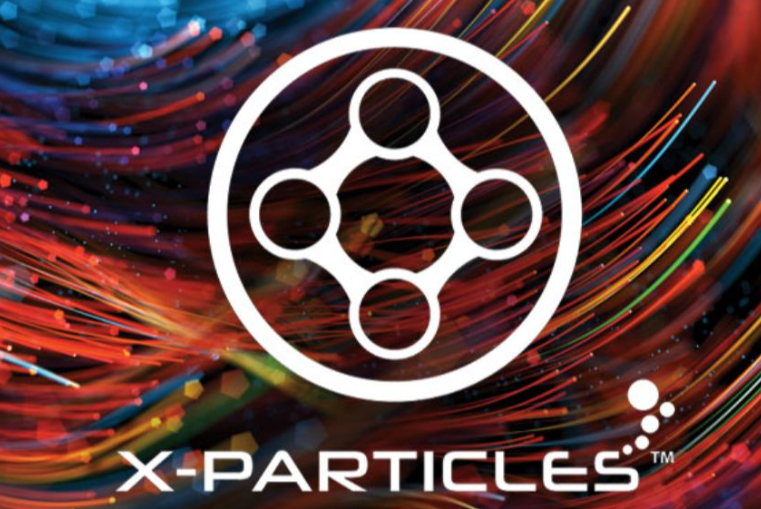FlexSim has always made it a priority to stay on the cutting edge of simulation technology. Often, this means features and improvements centered on building, running, and analyzing simulation models. Sometimes, it means something completely new and exciting.
FlexSimвҖҷs NVIDIA Omniverse Connector and support for Universal Scene Description, also known as OpenUSD, are the latest additions to our flagship 3D simulation modeling and analysis software.
Given how transformative these capabilities are, itвҖҷs worth exploring what they are and how they can improve your simulation projects.
The combination of FlexSim, OpenUSD, and NVIDIA Omniverse represents a game-changing synergy that can empower businesses to transform their operations. From visualizing complex systems to optimizing processes and making informed decisions, this integrated solution helps propel organizations to the forefront of innovation, efficiency, and success in todayвҖҷs dynamic and competitive landscape.
You canвҖҷt discuss the NVIDIA Omniverse platform without first discussing OpenUSD. The legendary film studio Pixar first developed this open-source 3D scene description to address the increasing complexity of 3D scenes and assets within their production pipeline. Think of OpenUSD as a bridge, allowing data to be exchanged seamlessly between various tools used in modeling, animation, rendering, and more.
Enter NVIDIA Omniverse, a development platform for connecting and building 3D pipelines, tools, applications, and services based on OpenUSD. Through it, people can work with the tools they already feel comfortable with while collaborating with their team on larger 3D projects. If OpenUSD is the bridge between 3D applications, then Omniverse is the road system that unifies the workflowsвҖ”up to and including real-time, bi-directional collaboration with 3D data.
INITIAL BENEFITS AND POSSIBILITIES
So what possibilities do OpenUSD and FlexSimвҖҷs NVIDIA Omniverse Connector unlock for FlexSim users and the broader ecosystem? Although FlexSimвҖҷs NVIDIA Omniverse Connector just came out of beta testing with FlexSim 2023 Update 2, some organizations have already begun integrating these features into their workflows.
One example comes from a robotics research and manufacturing company. There, FlexSim is used by two teamsвҖ”a design team working on certain parts of the building and a group focusing on the automation and work-cell side. Each team has FlexSim models they need to integrate into their internal toolsвҖ”an intensive software integration effort. But the ability to export FlexSim models in the OpenUSD file format means that the time needed for this process has been shaved down from several weeks to several days. It represents considerable time savings and fewer opportunities for human error.
вҖңDifferent tools excel at different tasks, and you want the highest fidelity possible,вҖқ says Chris, who directs simulation in the robotics division. вҖңUSD unlocks the potential for software to standardize and work together.вҖқ

A FlexSim model, exported as an OpenUSD file and then edited in NVIDIAвҖҷs USD Composer software.
With an ever-expanding ecosystem of OpenUSD- and Omniverse-enabled software, the possibilities are vast and exciting. Chris mentioned physics software, where existing robotic movements could one day join FlexSim in a broader (and more accurate) simulation solution. As software packages continue to come on board, more applications will surely come.
What about reducing model-building time? OpenUSD can help there as well. The companyвҖҷs worldwide team does end-to-end simulations where many components are black-boxed, leaving out robotics and other complex modeling scenarios. Yet even without these intricacies, weвҖҷre talking about extensive facilities where the simulation model takes significant time to lay out and build. A workflow that smoothly transitions from CAD to OpenUSD to FlexSim could sigificantly accelerate development.
DIGITAL TWIN AND BEYOND
First, itвҖҷs worth stressing that FlexSimвҖҷs NVIDIA Omniverse Connector is in the early stages of its life cycle. More development is ahead, which means FlexSim is still metaphorically learning to walk when it comes to these technologies. But OpenUSDвҖҷs interoperability suggests potential future applications for real-time, connected digital twins and other advanced simulation solutions.
Real potential exists for better integration and data flow, including IoT devices, production systems, and logistics networks. OpenUSD could facilitate continuously updated simulations to reflect the most current conditions and allow for accurate analysis of complex scenarios. WeвҖҷre excited to see what FlexSim users can imagine and bring to life in the future.
NVIDIA Omniverse also unlocks the pathway to improve 3D visualization capabilities, which could breathe life into FlexSim simulations and provide a high-fidelity representation of processes and systems. This immersive environment can empower users to comprehend intricate details, spot inefficiencies, and intuitively grasp the impact of potential changes. As a result, stakeholders can easily collaborate, share insights, and devise more effective strategies.
ALIGNED FOR EFFICIENCY
The NVIDIA Omniverse platform enables developers to connect and build 3D pipelines, tools, applications, and services that allow them to simulate and optimize complex systems and processes at scale, in real-time. By leveraging the insights gained from FlexSim simulations, organizations can confidently make data-driven decisions. Users are empowered to explore вҖңwhat-ifвҖқ scenarios and assess the impact of potential changes before implementation. This foresight helps businesses avoid costly mistakes and identify opportunities for process improvement.
The combination of FlexSim, OpenUSD, and NVIDIA Omniverse represents a game-changing synergy that can empower businesses to transform their operations. From visualizing complex systems to optimizing processes and making informed decisions, this integrated solution helps propel organizations to the forefront of innovation, efficiency, and success in todayвҖҷs dynamic and competitive landscape.









